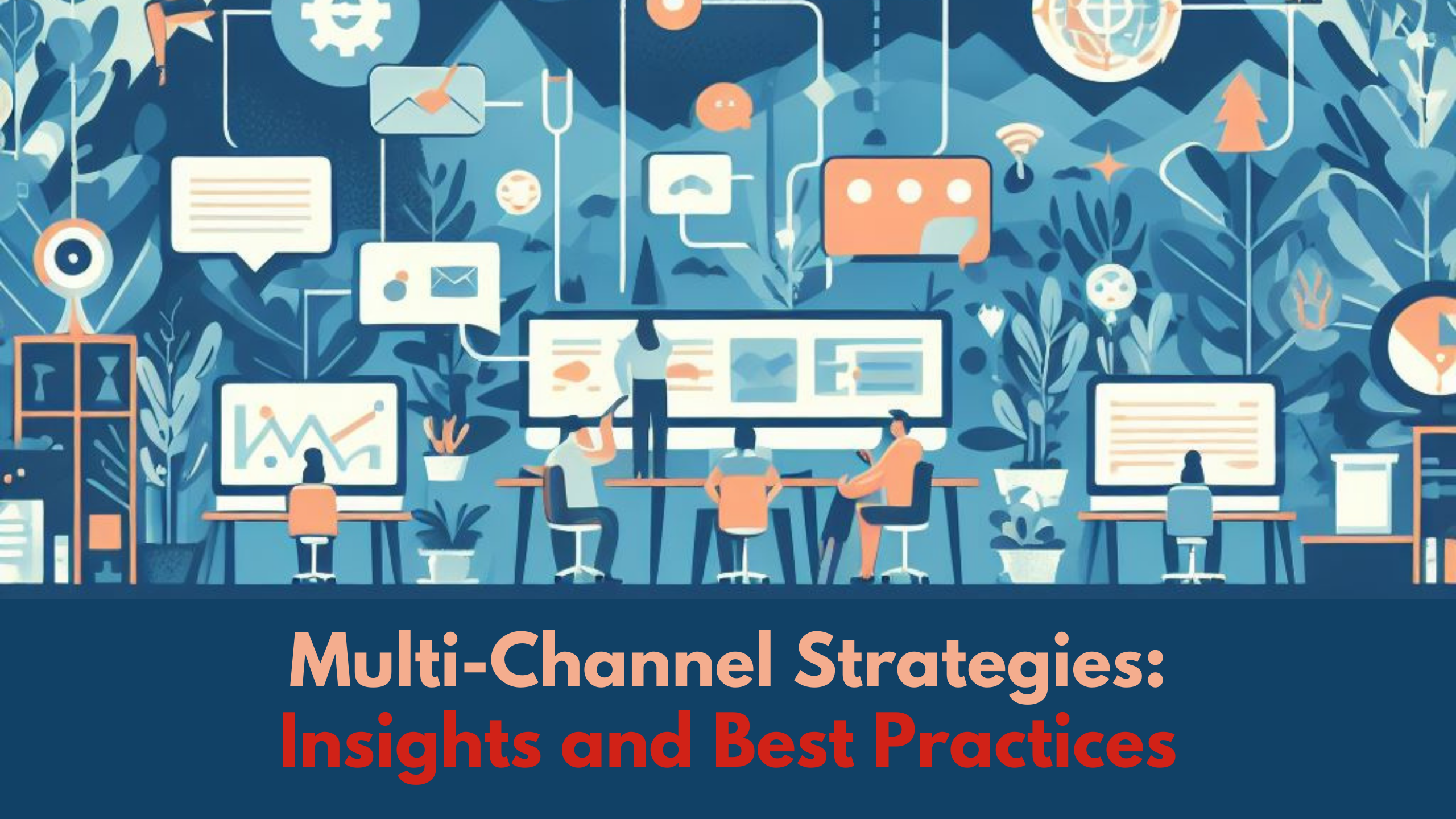Multi-Channel Customer Service Strategy: Best Practices and Examples
- Proposal Software Customer Relationship Management


Multi-Channel Customer Service Strategy: Best Practices and Examples
In the realm of customer service, adopting a multi-channel approach is crucial for meeting the diverse needs and preferences of modern consumers. This article explores the best practices and examples of a multi-channel customer service strategy, shedding light on how businesses can leverage Software as a Service (SaaS) products to enhance their customer support across various channels.
Decoding the Essence of Multi-Channel Customer Service
Unveiling the Strategy
A multi-channel customer service strategy involves providing support and assistance to customers through various communication channels. This approach recognizes that customers have different preferences when seeking assistance, and it aims to offer a seamless and consistent experience across multiple touchpoints, including phone, email, chat, social media, and more.
Best Practices for Crafting a Multi-Channel Customer Service Strategy
Strategic Implementation
- Unified Customer Profiles:
- Implement systems that consolidate customer information, ensuring a unified view across all channels for a personalized service experience.
- Omni-Channel Integration:
- Seamlessly integrate different customer service channels to allow for continuity in conversations, enabling customers to switch channels without losing context.
- Real-Time Responsiveness:
- Prioritize real-time responsiveness across all channels to address customer queries promptly and enhance satisfaction.
- Consistent Brand Voice:
- Maintain a consistent brand voice and service quality across all communication channels to build trust and credibility.
- Data-Driven Insights:
- Leverage data analytics to gather insights into customer preferences, behavior, and satisfaction levels, enabling continuous improvement.
SaaS Products Elevating Multi-Channel Customer Service
To facilitate the implementation of an effective multi-channel customer service strategy, businesses can utilize a variety of SaaS products. Here are some examples:
- Zendesk: A customer service platform offering a unified solution for ticketing, chat, email, and social media support.
- Freshdesk: A cloud-based customer support software with features for omnichannel support, self-service, and AI-powered automation.
- Intercom: A messaging platform that enables businesses to communicate with customers across various channels, including chat, email, and social media.
- HubSpot Service Hub: A customer service platform integrated with HubSpot’s CRM, offering tools for ticketing, live chat, and knowledge base management.
- Help Scout: A help desk software that facilitates multi-channel support, collaboration among teams, and customer knowledge management.
Conclusion
In conclusion, a well-crafted multi-channel customer service strategy is pivotal for meeting the evolving expectations of customers. By implementing best practices such as unified customer profiles, omni-channel integration, real-time responsiveness, consistent brand voice, and data-driven insights, businesses can provide exceptional customer support.
Enhancing multi-channel customer service is made more efficient with the support of tools like Zendesk, Freshdesk, Intercom, HubSpot Service Hub, and Help Scout. As businesses continue to prioritize customer satisfaction, staying agile and incorporating innovative SaaS solutions will be instrumental in delivering outstanding multi-channel customer service experiences.





